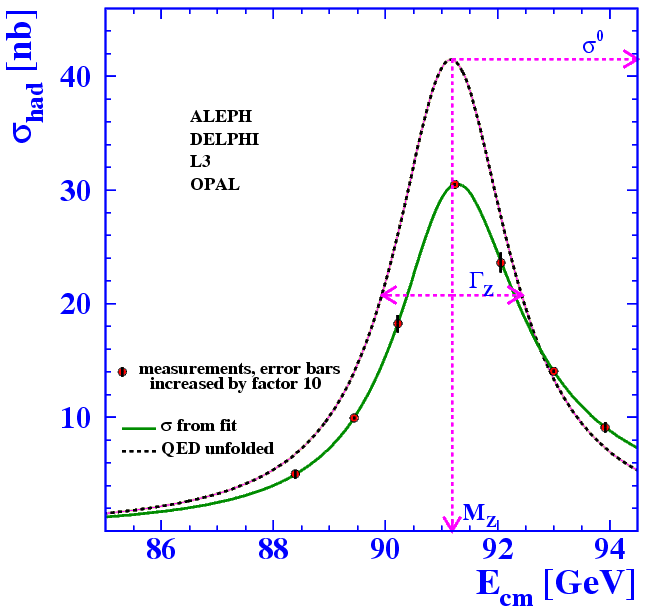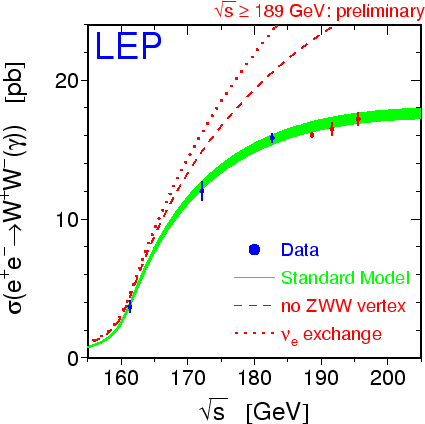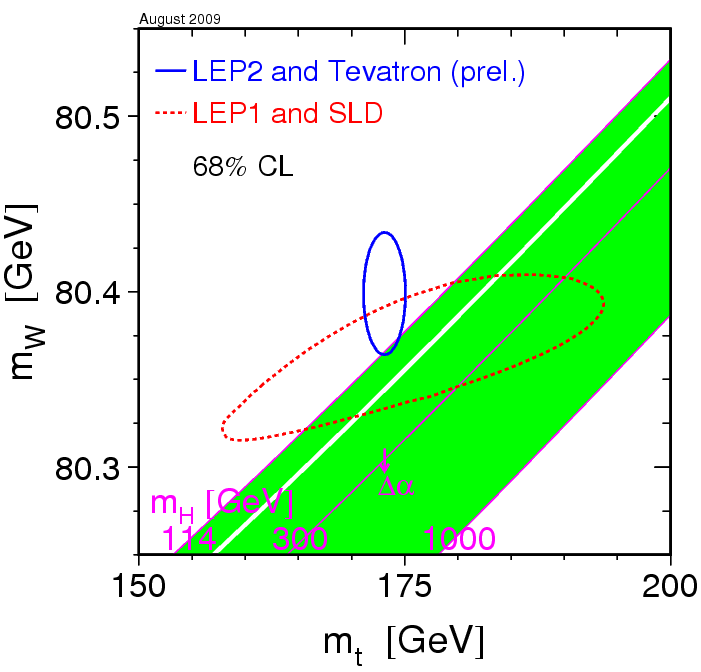



|

|

|
| Instructor: | Jones |
| Email: | mjones@physics.purdue.edu |
| Title: | Introduction to Elementary Particle Physics II |
| Offering: | Sem. 1, Class 3, cr. 3. |
| Room : | CIVL 1266 |
| Time : | M,W,F 11:30-12:20 |
| Prerequisites: | Phys 360, Phys 460, Phys 550, Phys 564 |
| Text: | No assigned text... references to various sources will be provided. |
| Grading: | 75% assignments, 25% presentation |
| Description: |
The course will cover the development and structure of the Standard
Model via the Standard Model Lagrangian. This is not intended to be
a course in formal Quantum Field Theory, but the main results of QFT
will be introduced to provide a rigorous framework in which to discuss
the construction and implications of the Standard Model. A rough outline of the course is as follows:
|
| Assignments: | Assignment #1 - due January 22nd. Solutions can be found here. |
| Assignment #2 - due February 3rd. Solutions can be found here. | |
| Assignment #3 - due February 17th. Solutions can be found here. | |
| Assignment #4 - due February 24th. Solutions can be found here. | |
| Assignment #5 - due March 10th. Solutions can be found here. | |
| Assignment #6 - due March 31th. Solutions can be found here. | |
| Assignment #7 - due April 7th. Solutions can be found here. | |
| Assignment #8 - due April 21th. Solutions can be found here. | |
| Resources: | This link provides a list of many wonderful properties of Pauli and Dirac matrices. |
| This link describes how to use the PCN computers to solve problems numerically. This link provides an introduction to using ROOT. Here are examples describing how to use Tracer to evaluate traces of products of gamma matrices. | |
| Project: | Final presentations will be given in CIVL 1266 from 11:30-13:20 on Friday, April 30th. |
| Please e-mail me a PDF (and/or PPT) for your presentation before 10:30 am on Friday. | |
| As a last resort, bring your presentation with you on a USB flash drive. | |
| As a guide, we can use a useful rubric for oral presentations from the College of Agriculture... | |
| Lecture notes: | Can be found here. |